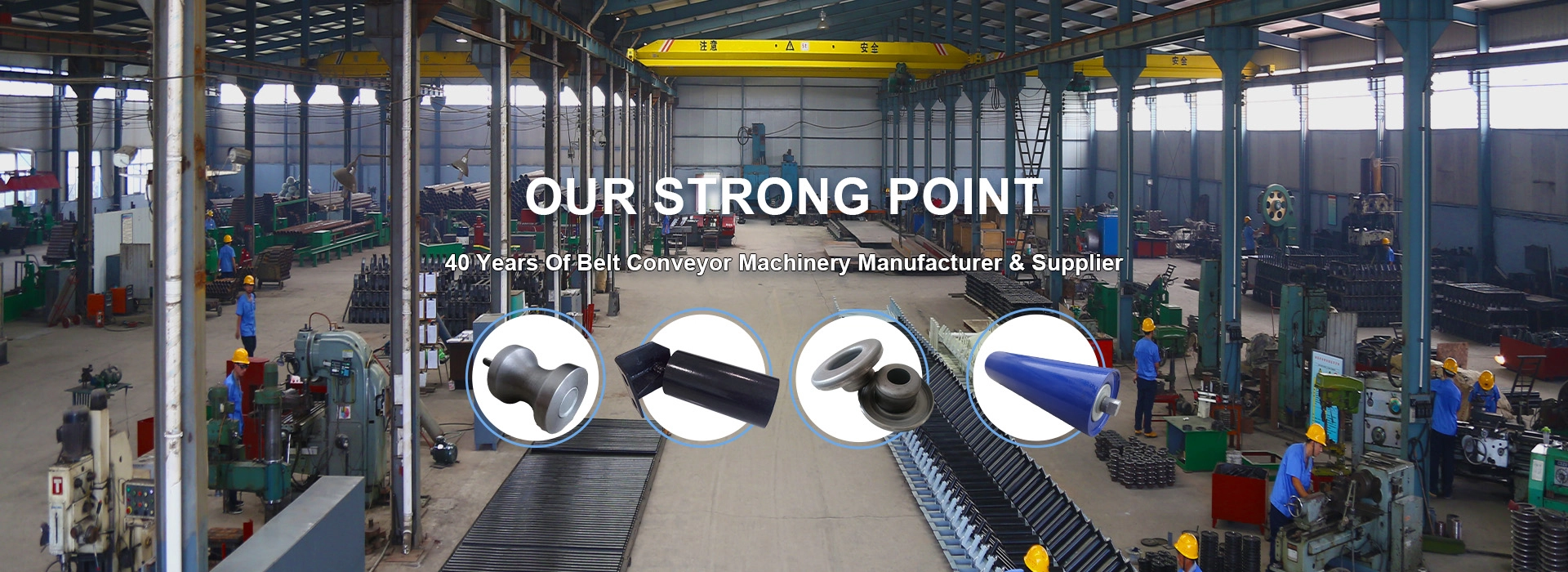 Afrikaans
Afrikaans  Albanian
Albanian  Amharic
Amharic  Arabic
Arabic  Armenian
Armenian  Azerbaijani
Azerbaijani  Basque
Basque  Belarusian
Belarusian  Bengali
Bengali  Bosnian
Bosnian  Bulgarian
Bulgarian  Catalan
Catalan  Cebuano
Cebuano  Corsican
Corsican  Croatian
Croatian  Czech
Czech  Danish
Danish  Dutch
Dutch  English
English  Esperanto
Esperanto  Estonian
Estonian  Finnish
Finnish  French
French  Frisian
Frisian  Galician
Galician  Georgian
Georgian  German
German  Greek
Greek  Gujarati
Gujarati  Haitian Creole
Haitian Creole  hausa
hausa  hawaiian
hawaiian  Hebrew
Hebrew  Hindi
Hindi  Miao
Miao  Hungarian
Hungarian  Icelandic
Icelandic  igbo
igbo  Indonesian
Indonesian  irish
irish  Italian
Italian  Japanese
Japanese  Javanese
Javanese  Kannada
Kannada  kazakh
kazakh  Khmer
Khmer  Rwandese
Rwandese  Korean
Korean  Kurdish
Kurdish  Kyrgyz
Kyrgyz  Lao
Lao  Latin
Latin  Latvian
Latvian  Lithuanian
Lithuanian  Luxembourgish
Luxembourgish  Macedonian
Macedonian  Malgashi
Malgashi  Malay
Malay  Malayalam
Malayalam  Maltese
Maltese  Maori
Maori  Marathi
Marathi  Mongolian
Mongolian  Myanmar
Myanmar  Nepali
Nepali  Norwegian
Norwegian  Norwegian
Norwegian  Occitan
Occitan  Pashto
Pashto  Persian
Persian  Polish
Polish  Portuguese
Portuguese  Punjabi
Punjabi  Romanian
Romanian  Russian
Russian  Samoan
Samoan  Scottish Gaelic
Scottish Gaelic  Serbian
Serbian  Sesotho
Sesotho  Shona
Shona  Sindhi
Sindhi  Sinhala
Sinhala  Slovak
Slovak  Slovenian
Slovenian  Somali
Somali  Spanish
Spanish  Sundanese
Sundanese  Swahili
Swahili  Swedish
Swedish  Tagalog
Tagalog  Tajik
Tajik  Tamil
Tamil  Tatar
Tatar  Telugu
Telugu  Thai
Thai  Turkish
Turkish  Turkmen
Turkmen  Ukrainian
Ukrainian  Urdu
Urdu  Uighur
Uighur  Uzbek
Uzbek  Vietnamese
Vietnamese  Welsh
Welsh  Bantu
Bantu  Yiddish
Yiddish  Yoruba
Yoruba  Zulu
Zulu belt conveyor roller
Belt Conveyor Rollers Essential Components for Efficient Material Handling
Belt conveyor systems are integral to various industries, facilitating the smooth and efficient transportation of materials. Among the numerous components that make up these systems, belt conveyor rollers play a crucial role. These rollers serve not only to support the conveyor belt but also to influence the overall efficiency and longevity of the conveyor system. In this article, we will explore the anatomy, types, functions, and benefits of belt conveyor rollers, shedding light on their importance in material handling processes.
Anatomy of Belt Conveyor Rollers
Belt conveyor rollers consist of a cylindrical body, often made from materials such as steel, plastic, or aluminum, designed to rotate freely on bearings mounted within the roller. The main components of a roller include the shell, shaft, bearing, and end caps. The shell provides the surface on which the conveyor belt rides, while the shaft extends through the center, connecting the roller to the conveyor frame. Bearings allow the roller to turn smoothly with minimal friction, promoting efficient operation.
Types of Belt Conveyor Rollers
There are several types of belt conveyor rollers, each designed for specific functions and applications. The most common types include
1. Idler Rollers These are the rollers that support the conveyor belt and the materials being transported. They are typically spaced at intervals along the conveyor system, helping maintain proper belt tension and alignment.
2. Drive Rollers A drive roller, usually located at the head of the conveyor, is responsible for powering the conveyor belt. It is connected to a motor and exerts the necessary force to move the belt forward.
3. Return Rollers Found on the return side of the conveyor, these rollers support the belt as it returns to the loading side. They help maintain the belt’s shape and prevent sagging.
4. Impact Rollers Positioned at loading zones, impact rollers absorb the energy of falling materials, protecting both the belt and the structure of the conveyor system. They help minimize wear and tear, extending the lifespan of both the rollers and the conveyor belt.
Functions of Belt Conveyor Rollers
Belt conveyor rollers serve several essential functions
belt conveyor roller

- Support Rollers provide the necessary support for the conveyor belt and the material being transported, ensuring a smooth and stable operation.
- Facilitate Movement By reducing friction through the use of bearings, rollers allow the conveyor belt to move smoothly and efficiently, minimizing energy consumption.
- Align the Belt Rollers help guide the belt, keeping it aligned and preventing misalignment issues, which can lead to costly downtime and maintenance.
- Protect the Belt Impact rollers play a vital role in reducing wear on the conveyor belt, especially in areas where heavy materials are loaded.
Benefits of Using Quality Belt Conveyor Rollers
Investing in high-quality belt conveyor rollers offers several advantages
1. Increased Efficiency Well-designed rollers contribute to smoother belt movement, resulting in lower energy consumption and improved throughput.
2. Reduced Maintenance Needs Quality rollers with durable construction minimize the need for frequent replacements and repairs, saving both time and money.
3. Extended Lifespan By promoting even wear and providing support, quality rollers can significantly extend the lifespan of the conveyor system as a whole.
4. Versatile Applications Different types of rollers allow conveyor systems to be tailored to specific applications, whether in mining, manufacturing, or distribution.
In conclusion, belt conveyor rollers are indispensable components of any conveyor system. Their ability to support, align, and protect the conveyor belt enhances efficiency and longevity, making them essential for effective material handling. By understanding the various types and functions of rollers, industries can make informed decisions when designing and maintaining their conveyor systems, ultimately leading to improved operational productivity and reduced costs.
-
Revolutionizing Conveyor Reliability with Advanced Rubber Lagging PulleysNewsJul.22,2025
-
Powering Precision and Durability with Expert Manufacturers of Conveyor ComponentsNewsJul.22,2025
-
Optimizing Conveyor Systems with Advanced Conveyor AccessoriesNewsJul.22,2025
-
Maximize Conveyor Efficiency with Quality Conveyor Idler PulleysNewsJul.22,2025
-
Future-Proof Your Conveyor System with High-Performance Polyurethane RollerNewsJul.22,2025
-
Driving Efficiency Forward with Quality Idlers and RollersNewsJul.22,2025





























